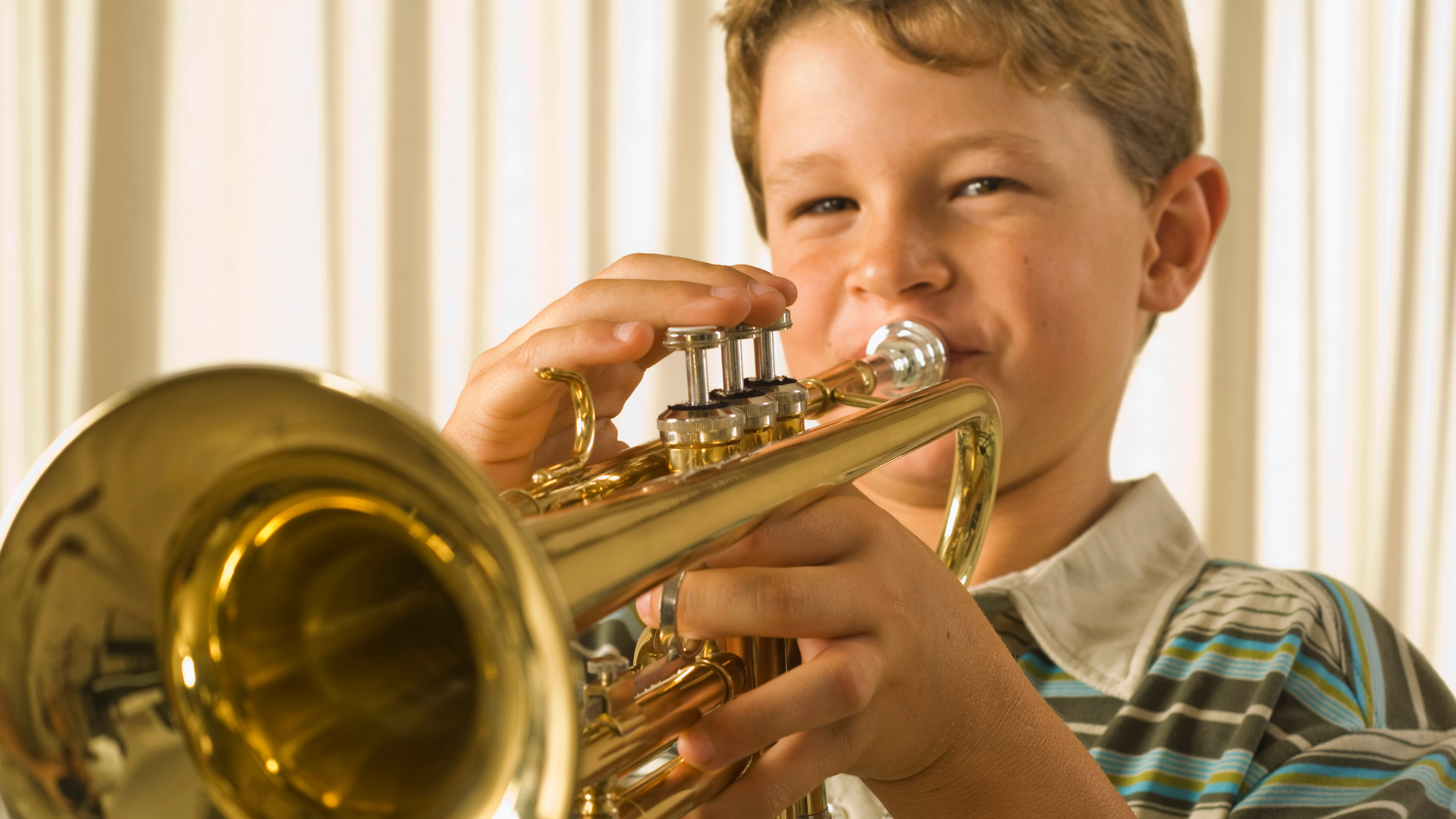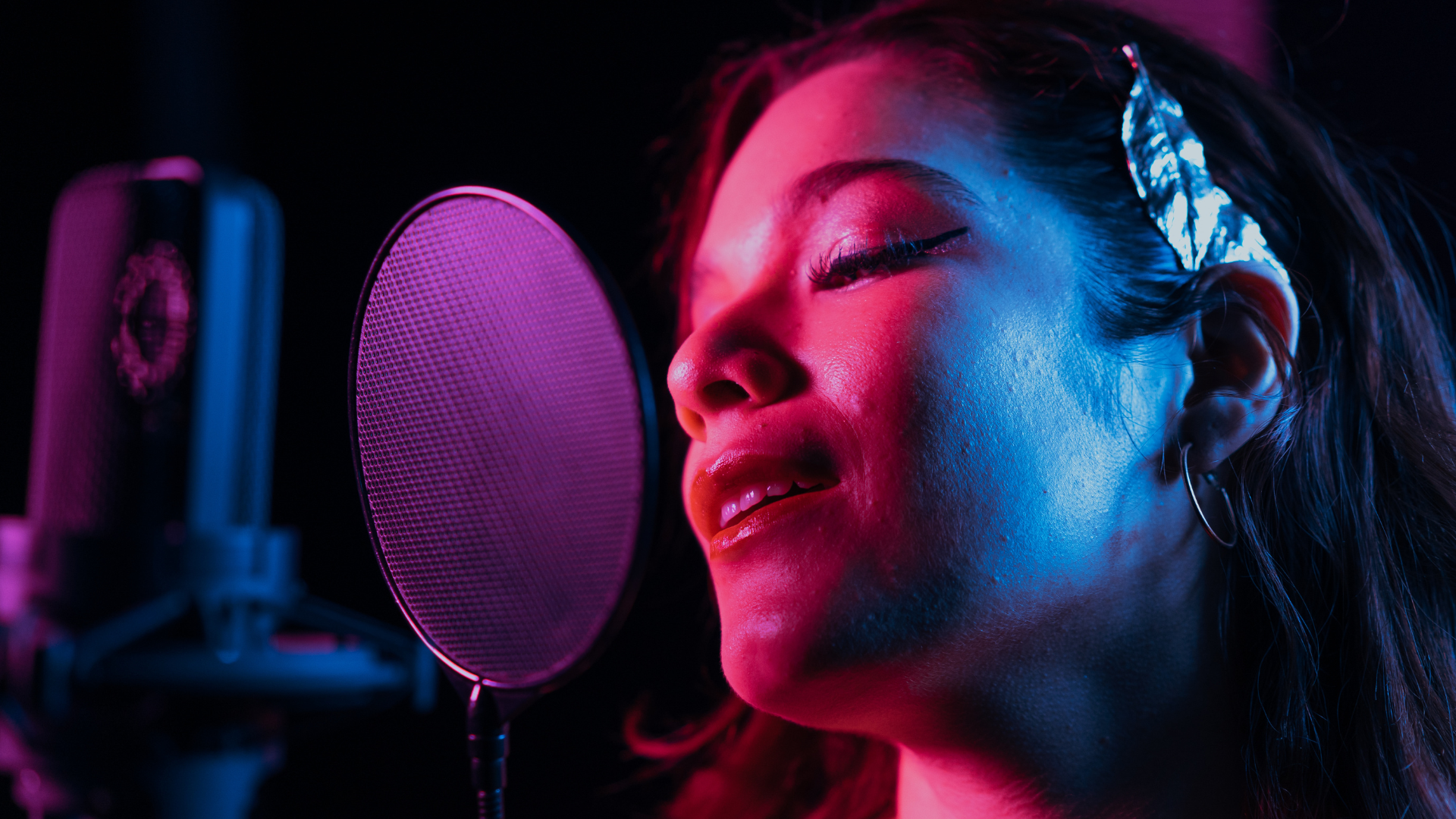Since the dawn of time, artists have been using their art to comment on the events of the day. One of the most powerful forms of this commentary is political cartoon art. In this blog post, we’ll be exploring the history and power of this unique form of art. From its roots in ancient Greece to its current use in contemporary media. We’ll also look at some examples and discuss how it continues to influence public opinion today.
What is Political Cartoon Art?
Political cartoon art is a unique form of expression that has been around for centuries. Though the specific origins of this type of art are unknown, it is believed that political cartooning first began in England during the early 18th century. At this time, political cartoons were used as a way to comment on the current affairs of the day and to satirize politicians and other public figures.
Over the years, political cartooning has evolved and changed significantly. Today, there are a wide variety of political cartoons being created all over the world, with each artist bringing their own unique perspective to the table. Despite the different styles and approaches, one thing remains constant: the power of political cartoon art to engage, provoke, and challenge its viewers. Whether you’re a fan of political cartoons or not, there’s no denying their impact. These days, you can find political cartoons in newspapers, magazines, online news sites, and even on social media platforms like Twitter and Facebook.
Political cartoonists are using their skills to comment on everything from current events to pop culture, and their work is reaching a wider audience than ever before. If you’re interested in learning more about political cartoon art, be sure to check out the resources below. You’ll find a brief history of this fascinating art form, as well as some of the most iconic and influential political cartoons ever created.
History of Political Cartoon Art
Political cartooning is an art form that dates back centuries. In fact, the first political cartoon is believed to have been created in the 15th century by Italian artist Andrea da Firenze. Since then, political cartooning has evolved and changed over time, but it has always remained a powerful tool for social and political commentary.
One of the most famous political cartoonists was Thomas Nast, who worked in the late 1800s and early 1900s. Nast is credited with creating some of the most iconic images in American political history, including the donkey and elephant symbols for the Democratic and Republican parties.
In more recent years, political cartoons have taken on a new life online. Social media has given rise to a new generation of politically-minded artists who are using their platforms to comment on current events and spark important conversations about the issues that matter most to them.
Whether you’re a fan of classic cartoons or modern memes, there’s no doubt that political cartooning is a powerful force in today’s world.
Types of Political Cartoons
There are a few different types of political cartoons that artists employ to communicate their message. These include:
Caricature:
This is when the artist exaggerates the features of their subject to create a comical or distorted image. Caricatures are often used to poke fun at politicians or other public figures.
Editorial Cartoon:
These cartoons usually take a position on a current event or issue and express the artist’s opinion on it. Editorial cartoons can be serious or funny, but they always aim to sway public opinion on the matter at hand.
Satirical Cartoon:
Like editorial cartoons, satirical cartoons also comment on current events or issues. However, instead of taking a serious tone, they use humour and irony to make their point. Satirical cartoons are often biting in their criticism and can be quite controversial.
The Power of Political Cartoons
Political cartoons are a unique form of art that has the ability to communicate complex ideas and messages in a simple and concise way. They have been used throughout history to express political opinions and influence public opinion. Political cartoons are often critical of politicians and government policies, and they can be very effective in raising awareness of important issues.
Political cartoons usually feature one or more politicians or public figures in humorous or satirical situations. The cartoonist’s goal is to make a point about the person or issue being satirized. They can be controversial, and they often provoke strong reactions from those who are the target of the satire.
Despite their controversial nature, political cartoons are an important part of our democracy. They provide a way for people to express their opinions about powerful people and institutions, and they can help to hold them accountable for their actions.
Notable Examples of Political Cartoon Art
There are many notable examples of political cartoon art. One of the most famous is “The Death of General Wolfe” by Benjamin West. This painting depicts the death of British General James Wolfe during the Battle of the Plains of Abraham in 1759. The painting was controversial at the time, as it showed a British soldier being killed by a French soldier, which was not a popular view in England. However, the painting’s popularity has grown over time, and it is now considered one of the greatest paintings of the 18th century.
Other notable examples of political cartoon art include “The Third Reich” by Gerald Scarfe, which shows Hitler as a demonic figure leading Germany into war; “The Hay Wagon” by Frederick Remington, which satirizes US politics; and “Liberty Leading the People” by Eugène Delacroix, which celebrates the French Revolution. These are just a few examples of the many political cartoons that have been created over the years.
Current Trends in Political Cartooning
Political cartooning has come a long way since its humble beginnings in the 18th century. Today, political cartoons are more popular than ever, with a wide range of artists employing different styles and techniques to communicate their message. Here is a look at some of the current trends in political cartooning.
One of the most notable trends in political cartooning is the rise of digital platforms. In the past, most political cartoons were published in newspapers or magazines. However, with the advent of social media, more and more artists are choosing to share their work online. This has allowed for a wider reach and a greater level of engagement with audiences. Another trend that has emerged in recent years is the use of alternative forms of expression. While traditional cartoons often rely on humour or satire, some contemporary artists are using more serious approaches to address political issues. For example, Iranian artist Atena Farghadani was imprisoned after creating a series of cartoons that criticized her government’s treatment of women. Her case highlights the power that art can have in sparking change and igniting public debate.
As we enter into a new era of politics, it will be interesting to see how these trends evolve. One thing is for sure: political cartooning is an art form that is here to stay.
How to Become a Political Cartoon Artist
In order to become a political cartoon artist, there are a few things you need to do. First, you need to develop your skills as an artist. This can be done by taking classes, practising on your own, or both. Second, you need to learn about the political process and current events. This can be done by reading the news, watching documentaries, and talking to people who are involved in politics. Third, you should consider interning at a newspaper or other media outlet that publishes political cartoons.
This will give you some real-world experience and help you develop relationships with other professionals in the field. fourth, when you feel ready, start submitting your cartoons to publications for publication. Keep at it, and don’t get discouraged if your work is rejected at first. With time and practice, you can become a successful political cartoonist!
Political cartoons are an essential component of our democracy and can be a powerful way to educate people about current events, share opinions and spark conversations. By exploring the history of this unique art form, we can continue to appreciate its importance in our society today.
We hope this comprehensive look at political cartoon art has inspired you to explore more deeply the world of political cartoons and their power as a tool for change.







